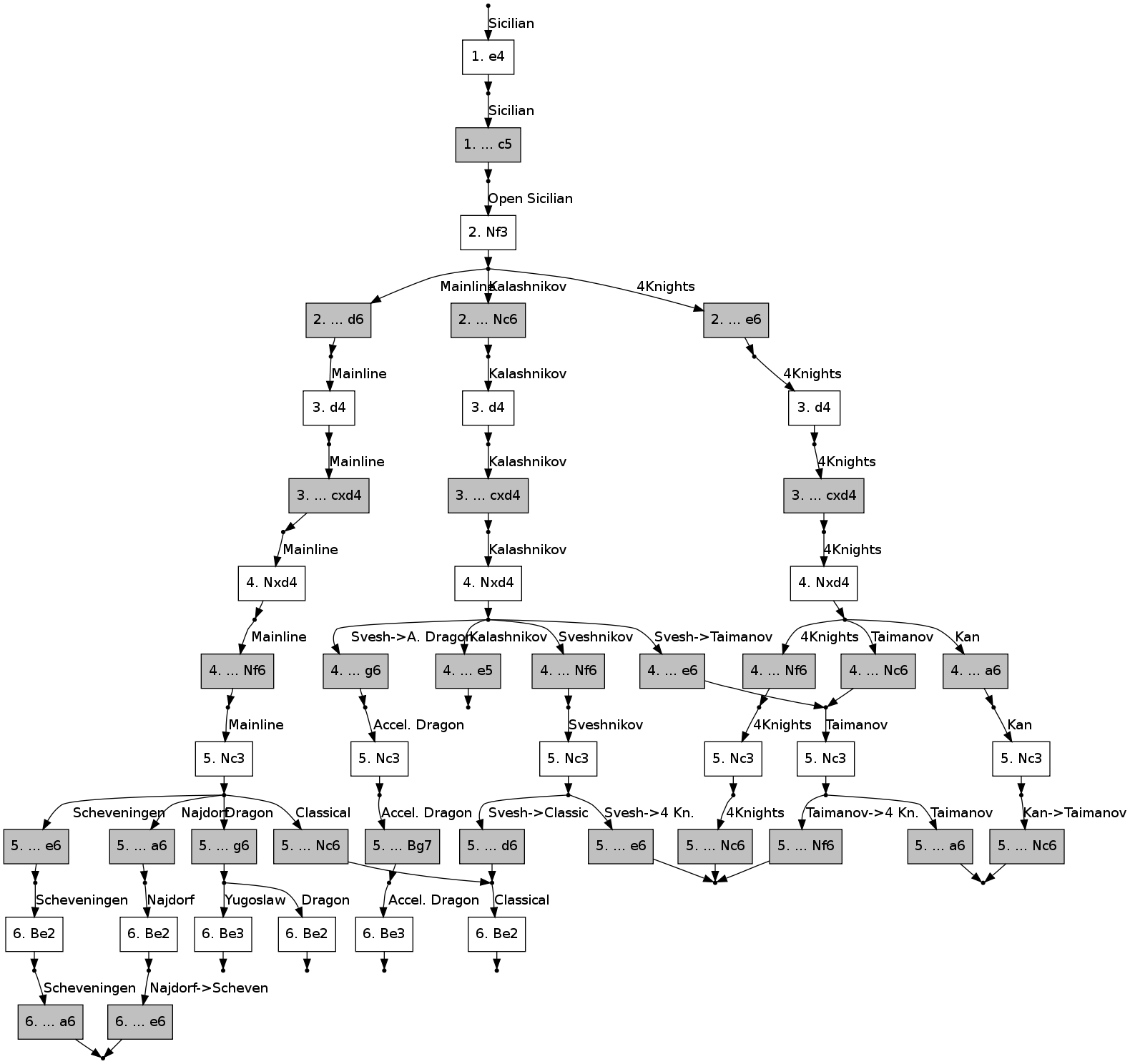Ahh yes! Nice question!
Depth and nodes - computer chess

What engines calculate

Fritz 16 - He just wants to play!
Fritz 16 is looking forward to playing with you, and you're certain to have a great deal of fun with him too. Tense games and even well-fought victories await you with "Easy play" and "Assisted analysis" modes.
What's in a node?
What does the term "nodes" mean with respect to the calculation of variations? The engine window shows us how many nodes per second the engine calculates.

In our example, the engine calculates with a speed of 3,232,000 nodes per second
Schematically, the search for positions or moves can be shown as a kind of tree with various branches (that is why we talk about "opening tree" or "search tree"). However, transpositions lead to the same position but via different routes and the repetition of moves may create loops — therefore one talks about nodes. A node is the whole of a position including its history (e.g. castling or a repetition of moves) and its evaluation. Some engines operate with "thin" nodes — that is little evaluation — and are therefore very fast. Other engines operate with "thick" nodes — a lot of evaluation — and are slower. Therefore, it does not say much if you compare the number of nodes various engines calculate directly.The speed with which positions are analysed is given in "nodes per second" (n/sec), and to avoid having to deal with huge numbers you give the numbers as kN/s (thousand nodes/sec) or MN/s (million nodes/sec). You can see the speed of the analysis or the number of positions analysed.


This gives you a rough idea about what nodes are. The number of variations it needs to think for getting the best move. This is just a tiny fraction of what every good engine thinks. This looks like a tree. This denotes stuff like a .. parallel universe where you get to study about every move and its consequences or advantages in the future moves. Nodes are also a part of our chess thinking. It is just a smaller tree. We use these nodes in chess life for thinking about tactics and positional advantage.
I believe that "depth" is the number of half-moves it has looked ahead in the principal variation. Principal variation is the current chess node you're liking the most. Or the current variation that you want to follow. For example, you like to think about Sicilian instead of King's Pawn. So you forget about all those nodes except Sicilian. What you're thinking about now is called Principal variation.
Engines think both, depth and nodes together, while we stay with a few nodes, thinking one depth at a time ![]()

Thanks everyone! I guess I will look more into this to fully grasp it. Very cool to know what these machines are made of!

I can't remember the numbers now. But it's close to something like Stockfish can calculate for example 1.250.000 nodes in a certain time..let's say 30 seconds. At those same 30 seconds Sesse (the norwegian supercomputer which is also Stockfish, but far stronger) has calculated 200 million. The difference is huge.

Problem is what a node means can differ on different engines and depth might also be reported differently.

It's also worth noting that the speed it goes through nodes depends on your cpu and how many threads you give the engine. And depth doesn't matter too much past 20, especially considering that with each move it's less likely to follow the considered line.

@1
Here is a good explanation
https://chessify.me/blog/nps-what-are-the-nodes-per-second-in-chess-engine-analysis





Hello! So, I've been peeking into the chess.com Computer chess campionship CCCC once in a while, and some 30 min game Stockfish Vs Komodo.
In that game Stockfish vs Komodo, Stockfish has depth of 42/62, and Komodo 45/45. Nodes are 3.5 B vs 9.3B. So, what does this mean?
Same in CCCC, 5/2 min blitz: Komodo depth 25, 100 someting million nodes, Andscacs more or less the same...
Just curious, what is nodes and depth all about? Is it applicable to human players? If so, what would be the depth and nodes of Carlsen, Nakamura, etc? Or the typical average chess.com players?